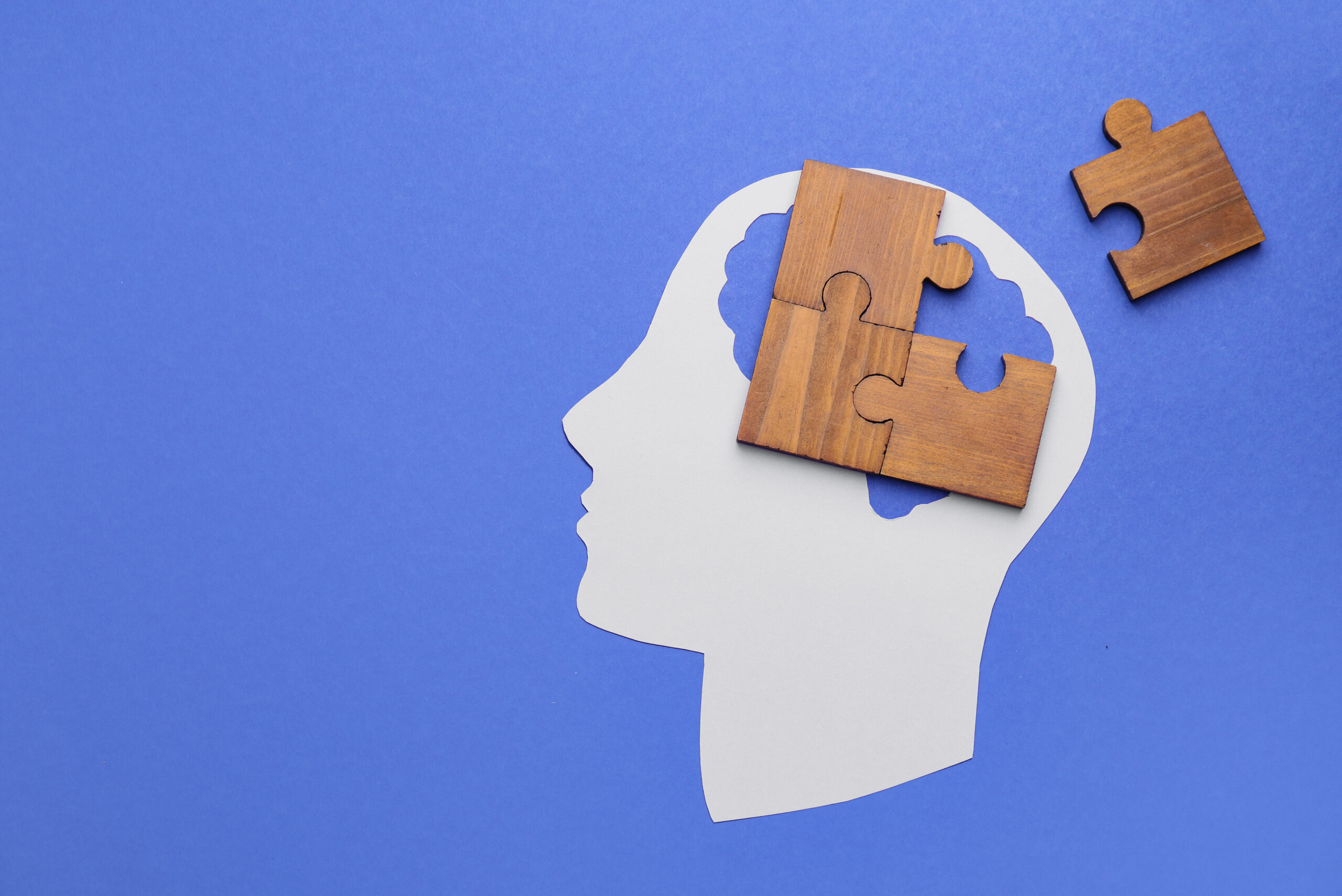Echoes of the Past: Shared Histories Creating Foundations for Connection
Shared histories have a profound impact on how we connect with each other and understand our place in the world. These stories, passed down through generations, serve as a bridge between past and present, fostering unity and empathy among diverse communities. In this article, we will explore how shared histories create foundations for connection, using examples from art education in Chicago and cultural preservation in Native American communities.
Firstly, let’s look at the power of shared histories in art education. In Chicago, initiatives like the “Learning Together” exhibition at UIC Gallery 400 highlight the city’s progressive art education practices. This project not only showcases collaborative artworks but also delves into the personal narratives of art educators and students. Through oral histories, it captures the evolution of art education from early 20th-century movements to contemporary efforts, emphasizing its role in social justice and community engagement. By sharing these stories, the exhibition creates a living archive that inspires future generations to build upon this legacy.
Similarly, in Native American communities, shared histories play a crucial role in preserving cultural identity and fostering understanding. Rachael Youngman, a member of the Choctaw Nation, is dedicated to amplifying Native American voices through her podcast, “Native ChocTalk.” Her work is inspired by her great-grandmother’s story, which she uncovered after her passing. By sharing these personal narratives, Rachael aims to combat historical erasure and ensure that Native stories are preserved for future generations. Her platform provides a space where Native voices are the authority, offering a unique perspective on tribal history and traditions.
Both of these examples illustrate how shared histories can create foundations for connection. By documenting and celebrating these stories, we not only honor the past but also build bridges between different communities. This shared understanding helps to foster empathy and unity, reminding us that our individual experiences are part of a larger tapestry of human history.
In conclusion, shared histories are essential for creating connections among people from diverse backgrounds. Whether through art education or cultural preservation, these stories have the power to inspire, educate, and unite us. By embracing our shared past, we can build stronger, more compassionate communities that value the richness of human experience.





